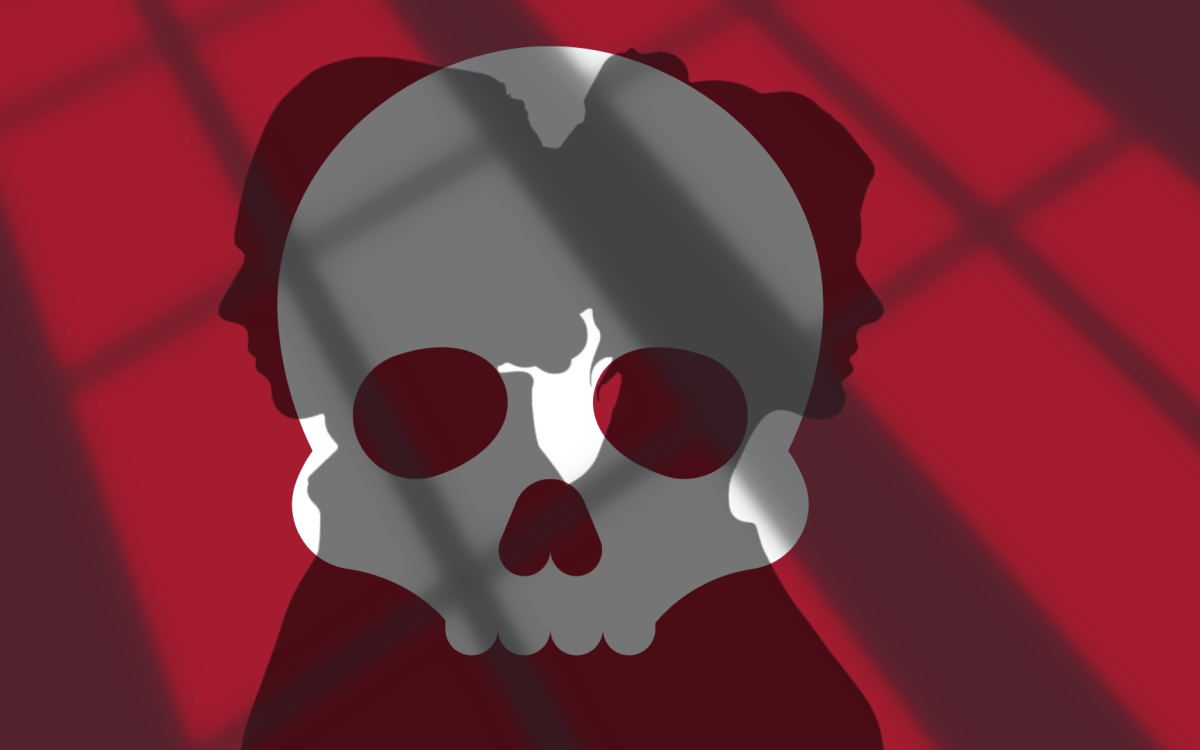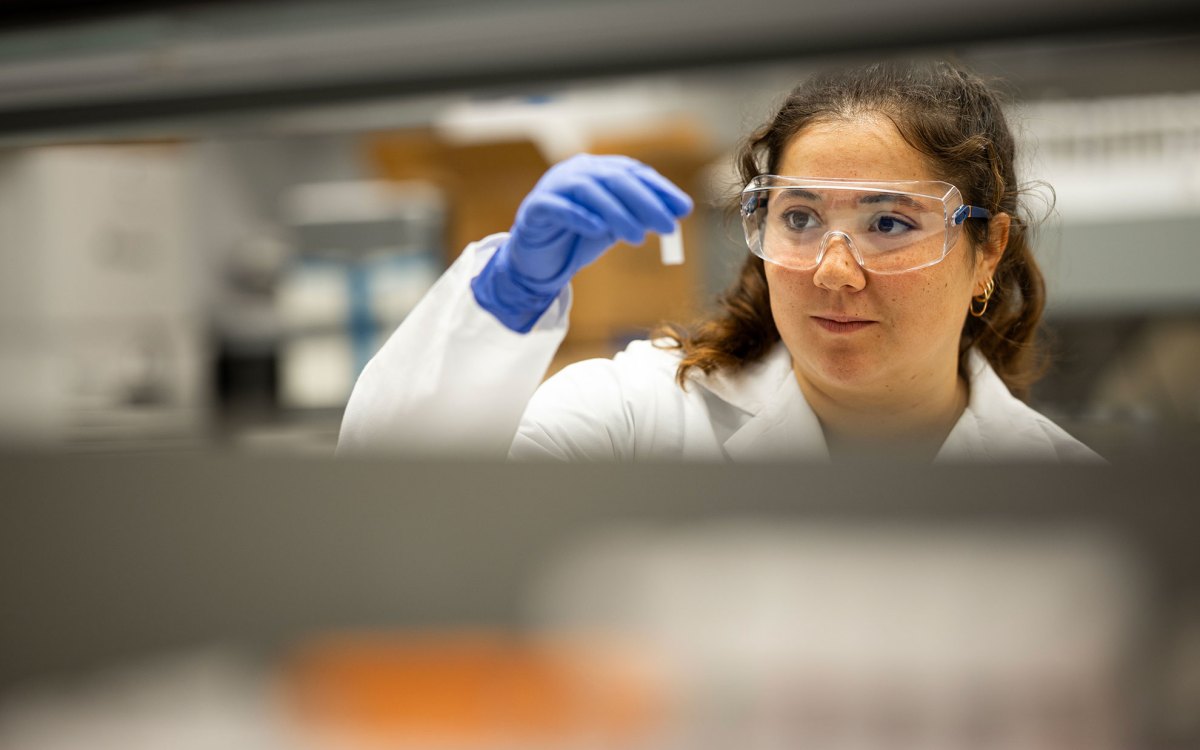Video/Production – Ned Brown
Reshaping the Humanities
Stephen Greenblatt
Cogan University Professor
In recent years, humanities scholarship throughout the world has been transformed by the determined effort to interpret works of art in their historical, cultural, and anthropological contexts. This new practice came as a challenge to the entrenched method of analyzing these works in isolation, as if they had been created in a vacuum. To shift to a new perspective — one that grappled more directly with the lives of the makers and consumers — was the product of a generational insurgency, one in which I proudly played a part.
But the ground for this insurgency had already been long prepared at Harvard in a remarkably innovative program created in 1906: the undergraduate concentration known as History and Literature. The concentration, Harvard’s first, was hardly meant to be intellectually radical; it was originally proposed by Professor of English Barrett Wendell as a conservative antidote to Harvard’s free-elective system.
But institutional innovations often have unpredictable consequences. The pedagogical power of History and Literature lay in the touching together of two wires: canonical works of art and the documentary records of history. Art was not cordoned off from the traces of lived life, and those traces in turn could be subjected to the same interpretive pressure brought to bear on a poem or a play. The result was not only unusually lively classroom experience but also an intellectual ferment that helped inspire my generation’s literary and historical scholarship and continues to generate powerful insight.




